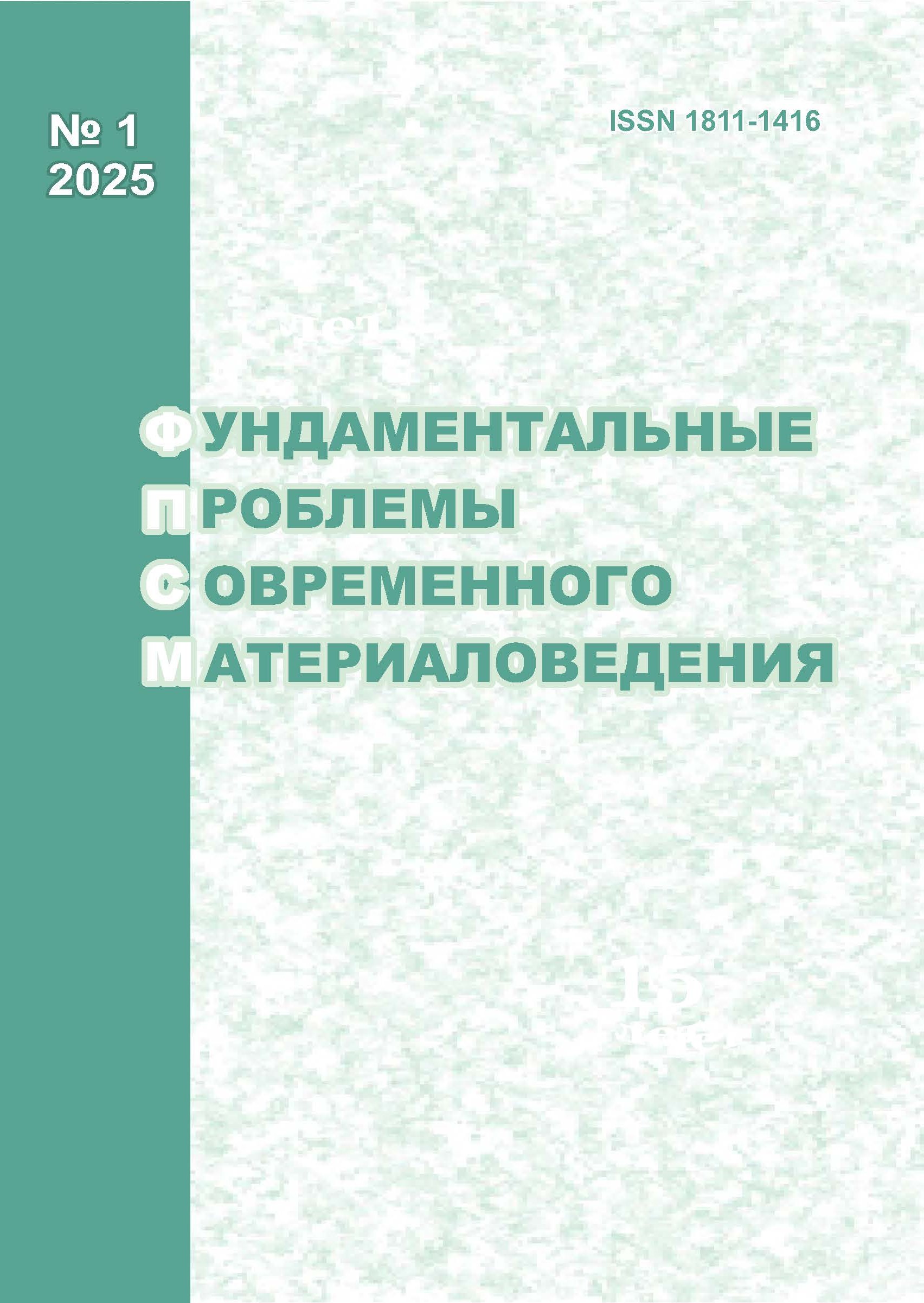THE STRUCTURAL STATE OF THIN SILICON FILMS AND THEIR LOCAL CONDUCTIVITY
10.25712/ASTU.1811-1416.2025.01.012
Keywords:
thin silicium films, hybrid thin-film structures, cluster structure of thin films, volt-ampere dependencies, electron tunneling.Abstract
Thin silicon films on silicium glass substrates with a copper sublayer were produced by condensation from the vapor-gas phase obtained by resistive evaporation of silicon in vacuum. The structural state of the films was studied by scanning probe microscopy using a conductive probe. The analysis of the surface relief indicates the high quality of the film, the average deviation of the z-component of the film on the copper sublayer is about 7 nm. And on silicium glass substrates – 1.34 nm. Thin silicon films can have a different structural state depending on the method of their preparation and the conditions under which their formation occurs. In our case, the structural state of both silicon films and the copper sublayer is cluster-like, which follows from the size distribution of the structural components
Clusters consist of a small number of atoms and usually have sizes from fractions to several nanometers, which leads to a significant change in the electronic subsystem associated with the localization of electrons and the appearance of energy levels in both the valence and conduction bands and the expansion of the energy gap between them. Such changes in the electronic subsystem significantly affect the electrophysical and optical properties of films, for example, there is an increase in the energy of electrons to transition from one level to another, which leads to electron tunneling.
Electron tunneling affects their transport properties. The study of local conductivity was carried out using scanning probe microscopy. It is established that nonlinear volt-ampere dependences with a pronounced section of the so-called "zero current" are observed in the copper sublayer and in the Cu/Si hybrid structure. The presence of such a section on the volt-ampere dependence indicates electron tunneling, and the width of this section characterizes the energy for making a tunnel transition both in the cluster itself and between adjacent ones. The conductivity of the silicon film on the glass substrate is absent, which may indicate the dielectric properties of the film.











 Journal «Fundamental’nye problemy sovremennogo materialovedenia / Basic Problems of Material Science»
Journal «Fundamental’nye problemy sovremennogo materialovedenia / Basic Problems of Material Science» This work is licensed under a
This work is licensed under a 
